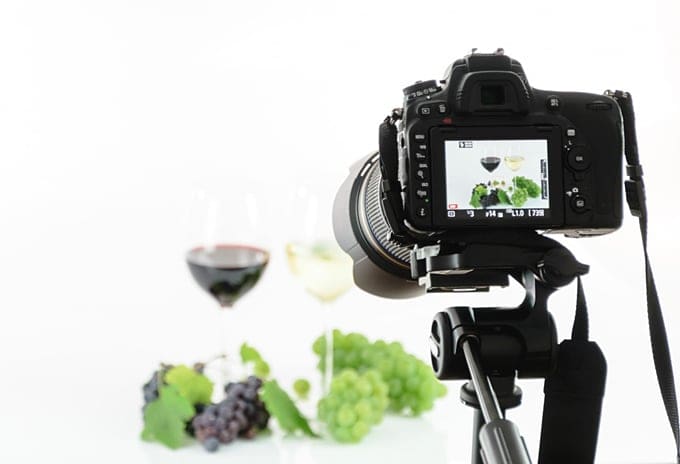words Al Woods
When you’re managing an e-commerce website, one of the most difficult and crucial tasks you’ll need to do is photographing all your products and uploading them to your platform. It is arguably more important than the site’s design itself and the content you write about each product, and that’s why we’ll look at ways you can present your products in the best way possible maximizing the sales.

Choose a Design that Puts the Product Images Front and Center
The opening paragraph didn’t mean to imply that the website’s design is unimportant – it is also important – the website’s design is important, however, insofar as it makes your products look good and makes customers interested in them.
When you go on a product page, you might be faced with a design that is mostly text paragraphs with a very small image at the corner. You might see a design that’s only an image of the product without much info. There are a lot of ways you can design the product pages on your e-commerce website, and depending on the products you sell, certain designs would look more attractive than others.
That’s why you need to ask yourself a few questions when creating your e-commerce website:
- How complicated are the products you’re selling? Does a potential buyer need to read a few paragraphs before making a decision or just the picture of the product and a title would suffice? This helps you determine the proportions of the product page and the priority you should give to each section.
- Do your products have special and unique aesthetics or are they diverse? Could you choose certain color palette that would accentuate the product pictures, overall? If you are building an e-commerce website selling a very niche product, you can choose a bolder theme that catches potential buyers’ eyes. If you’re planning on opening a more generalized e-commerce platform, you probably need to go with safer choices.
Do A/B Testing
What we find appealing and attractive is extremely subjective, and that’s why many e-commerce websites fail to sell products even though the owner thought the design and the product pictures were extremely appealing. We need a way to empirically test the performance of the product photographs to find out which one appeals more to customers.
The most common way of doing this is by performing A/B tests:
- Create two versions of the same product page, each having either different photos or themes, or color palettes, or whatever you want to test.
- Randomly redirect clients to either page in equal measures.
- Log the performance of each product page: how much time the user spends on the page, do they click on another page, do they buy the product, etc.
- Look at the test results after a few weeks and see which page has performed better.
This way, you’ll be able to find out and keep high-quality photographs while deleting the lower quality and unattractive ones.
Make Use of 3D Models and Image Editing
The era of natural images is long gone – the only way you can succeed is by using image editing and 3D modeling techs to improve how your products look – this can come in many shapes and forms, but they’ll all have measurable impact and improve your platform:
- Every experienced photographer knows how hard it is to get the lighting right. That’s not true when editing images, you can easily make the product have just the right lighting making it look more attractive.
- Mixing 3D modeling and photography will allow you to create photorealistic models that customers can view in a 3D manner and customize it on the support. This is extremely important if you’re selling furniture and other expensive items. 360 product photography will help you scan your furniture and create a photorealistic and editable digital version of it that will allow you a lot of flexibility.
These are just two examples of potentially hundreds of ways you can use this tech to improve the quality of the website.





